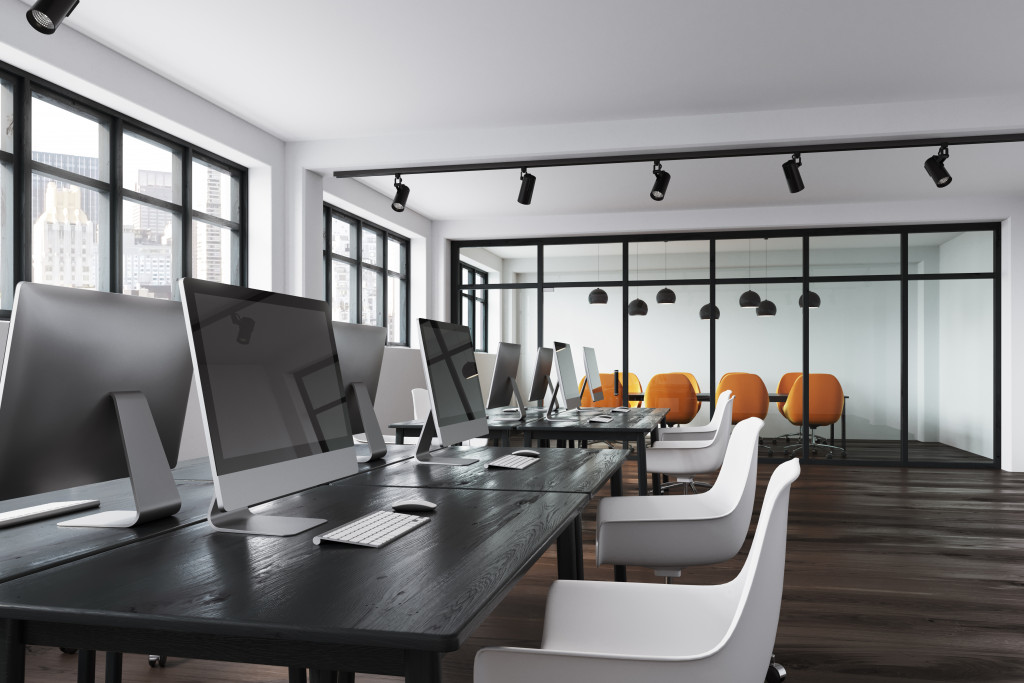Many employees have welcomed the adoption of remote work on a large scale in the pandemic aftermath. Overall, companies have seen it as a boon, enabling productivity and continued operations when many businesses have had to scale down or close their doors altogether.
But anyone who’s been working from home since the spring of 2020 will have experienced some of the downsides of those arrangements. Zoom fatigue. Communication mix-ups. A lack of informal social interactions. The overall sense that each new day blends into the last through the uniformity of our home experiences.
For those reasons and many others, US workers want to return to their offices sooner than later. However, health-related precautions would need to be installed before those employees would consider going back to the office. Here’s how technology could enable and hasten such a return.
Contactless solutions
We can be confident that certain technology forms will contribute to a smooth return to work in a traditional office. As early as March 2020, the world’s first contactless office building made its debut in Estonia.
Using biometric verification integrated with smartphones, the Navigator Office Building doesn’t have any physical security staff. Through cloud-based video surveillance, security personnel can receive updates and intervene only when necessary. Likewise, the system allows employees to control entrances, doors, and elevators remotely.
The speed of this development was partly facilitated by plans made even before the pandemic. But the transition to such a setup can be done within 10 days. Your office might be an access control system installation away from being sufficiently contactless to satisfy even the most cautious of workers.
Automated reminders
More automation in the office has been something people tend to associate with process streamlining. They might view it negatively, in the sense of robots taking over jobs or adding even more complexity to operations. Or it could be a positive thing, with AI simplifying workflows and taking over repetitive tasks.
But after Covid-19, automation’s benefits no longer have to be confined to process improvements. Companies have implemented beacons and motion sensors to track the movements of employees within their buildings. These systems can issue alerts on an individual basis to warn people when they might be breaching six-foot distancing rules.
Such automated reminders will be a vital feature of any return to the office while the threat of communicable disease remains. The AI takes one more cognitive burden away from employees so that they can focus on important tasks.
Improved ventilation
In the early months of the pandemic, little was known with any degree of certainty regarding its exact mode of transmission. But as we grew more aware of how it could be spread via airborne means, a spotlight was cast on indoor environments and ventilation.
Amid the pandemic, people prefer outdoor spaces for safety. If you want employees to stay indoors, you need better ventilation. Throwing windows open can work in some locations, where temperature and humidity are good, and air pollution is low. But such a solution is unlikely to be feasible year-round in most areas.
Today, many offices use HVAC systems that circulate air at high speed and exchange air with the outside environment at a low rate. Better offices in the future will want to implement high-quality ventilation and climate control systems. These would facilitate the uptake of outside air to reduce indoor recirculation, have settings that automatically adjust to the number of occupants, and use high-efficiency air purification methods.
Augmented reality
While most workers want to return to the office, it’s worth noting that only a minority, albeit a large one at 44%, wanted zero days working from home. More than half of the respondents surveyed would still like to spend some time working remotely, with the balance suiting their preferences.
The demographics skew unevenly in this regard. Most Millennials and Gen Zers favor a full return to the office to experience social interactions and build their networks. Older employees with more established careers won’t mind staying at home.
Accommodating such a hybrid workforce will be difficult for employers. The technological innovation that’s in the works to solve this problem is an augmented reality workstation. For one, Facebook aims to use VR screens, floating in the air, to enable office workers to swipe between the real and virtual worlds effectively.
Along with this development, Facebook is developing enhanced virtual avatars to offset the current limitations of online communications technology. By adopting an AR workstation soon, your office could lead the way in making a hybrid workforce collaborate effectively.
With the other solutions technology offers, you can make people feel safer about returning to the traditional office environment.




